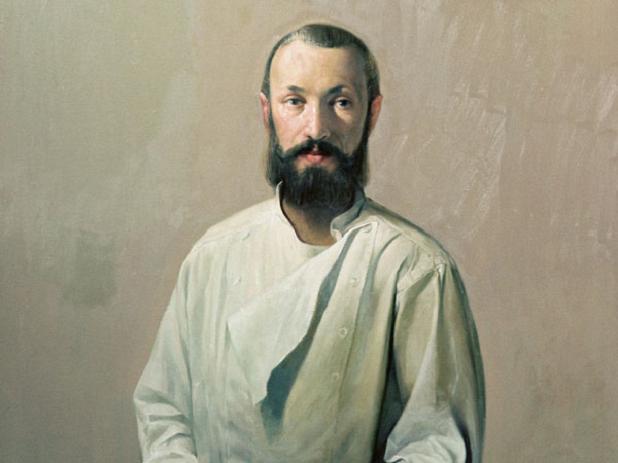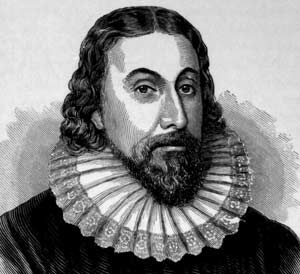"Forms of Time and of the Chronotope in the Novel: Notes Toward a Historical Poetics" by Mikhail Bakhtin - Article Summary
The
term chronotope indicates the relationship between time and space as expressed
in literature. It is a term borrowed from Einstein's Theory of Relativity. Just
as it is in physics, in literature too time and space are inseparable, and one
cannot be described independently of the other.
Indicators
are used to describe the position in time and space within the narrative. We
may regard the narrative as plottable on the axes of time and space.
The
chronotope can be said to define the genre of a piece. Different genres have
characteristic chronotopes.
We
cannot directly and simply recognize the historical background upon which every
text draws because chronotopes from different time periods became intertwined
and co-influential. Thus it may be difficult to strictly define the genre of a
text based on the structure of its chronotope. A work's relationship with
reality can be deduced from the chronotope as well.
The
Chronotope of the Road
Time
and space as are tightly connected with emotion and thought as they are with
one another. "The road" is a good example of this: it is a place
where encounters of varying types may plausibly take place, as it is a neutral
environment where people of all backgrounds may meet (both in time and space),
thus collapsing "social distances" . It is an appropriate setting for
chance encounters, and as such it makes appearances in works as early as Greek
dramas.
As adequate as the road is as a literal
meeting place, it also serves as a metaphor for the path a character travels
through the narrative. The road, across all genres, is written so that it
passes through familiar territory; and it is via the travel along this road
that the reader learns about social and historical nature of the setting in
which the road exists.
Various
modes of temporality may intersect as well. Personal time, that which concerns
the biographies and private lives of the characters intermingles with
historical time to create the characteristic weaving of the two we see in
novels.
The
chronotope of the threshold is an important one in literature. It is the one
that occurs in the changing point in a life, the point of crisis.
The
chronotope is the structure around and upon which events of the narrative are
built. It is within them that plot is manipulated, and meaning constructed. It
is thanks to the chronotope that events become realistic, almost palpable; time
and space are brought out of the dimension of text and into near realism.
Events that happen within the chronotope of the novel are vivid, while others
that occur in remote chronotopes are more dry and abstract. The chronotope
gives body to the entire novel.
Thus
while we may talk about the quantitative and physical values of the chronotope-
the geographical place and the historical time- the chronotope is also that
structure which lends the emotional layer so invaluable to works of literature.
Language
too is based on chronotopes. Even the internal meanings of words are based on
chronotopes in that they represent an entity existent in time and/or space.









Comments
Post a Comment
Hey friend! 🌈 I can't help with your assignments but maybe other readers can. Good luck! 🤞